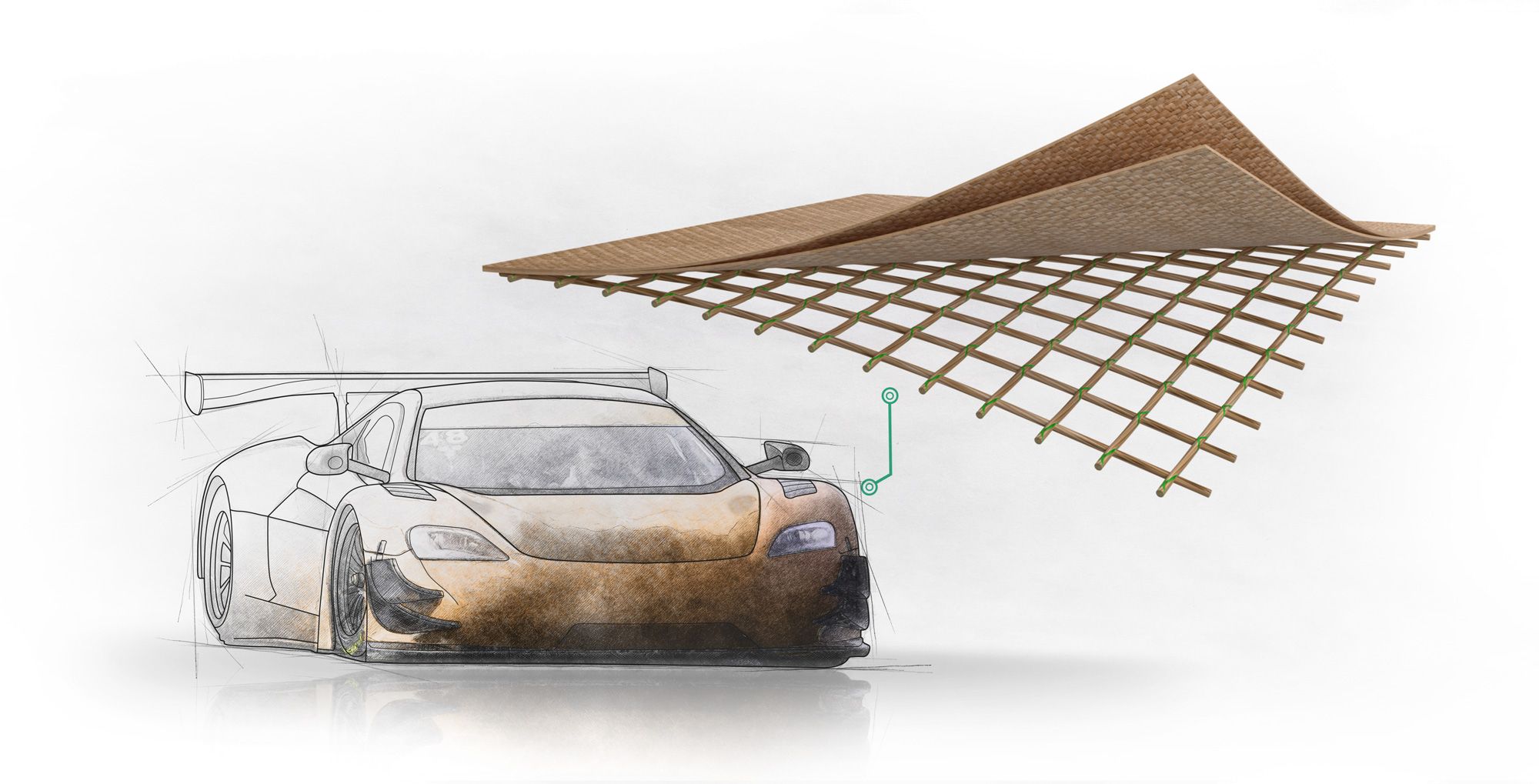For a moment there, the higher-end automotive brands’ mission to carbon fiber all the cars nearly took a blow in Europe. While we may be sick of carbon fiber as decoration (Mansory comes to mind, and even some Bugatti Chiron variants took it too far), the fact that carbon fiber is stronger than steel and lighter than aluminum in many applications has been one of the most practical ways to make cars lighter.
The European Union (EU) recently proposed banning its use in cars by labeling it as a “hazardous material,” but somebody must have made sense in discussions, as a representative from the European Parliament told Motor1 Italia that the carbon fiber will be dropped from the draft proposal.
“Carbon fiber will be removed from the list of harmful materials, and cars sold in Europe will therefore be able to continue using it even after 2029.”
– EU Representative, speaking to Motor1 Italia
What And Why Carbon Fiber Is Being Targeted
Carbon fiber is a carbon composite material, and a key material in many industries due to being more lightweight than aluminum and stronger than steel in many applications. It’s essential in the aerospace and automotive industries; being light and strong makes it ideal for cars, spacecraft, and airplanes, as well as things like boats and windmill turbines. You’ll also find it in sports gear, like fishing rods, golf clubs, and bicycles.
Related
Mansory’s Latest Bentley Continental GT Has All The Forged Carbon Fiber
It could be worse. It could also be better
This is why it would seem absurd if the EU classed it as having the same level as carcinogens such as cadmium, hexavalent chromium, mercury, and lead – all of which have exemptions to be used in cars. There was some reasoning involved, though.
Carbon Fiber May Pose Serious Health Risks, But It’s Not So Simple
This was part of the EU’s End of Life Vehicles Directive, which is the part of the European government dealing with recycling old cars. Recycling old cars is a huge problem, particularly if you’re a large conglomerate of countries trying to get everyone to move from their gasoline-powered cars to electric vehicles.

Related
You’ll Never Guess Where This New All-Carbon Sports Car Is From
Meet the Terra T63. It’s awesomely light and ready for the track.
According to the proposal, carbon-fiber filaments could become airborne and be harmful if they were to come into contact with human skin. That argument becomes weak, though, when you consider that people have figured out how to recycle all the other dangerous materials in cars.
Why A Ban In The Future Would Be Absurd
While carbon fiber is still the material of choice to lighten racing and sports cars while still having strength, unless a better material is developed, it will be an important part of the evolution of cars as a whole. The EU, in particular, is seeking to make cars more ecologically viable and safer, and lighter cars go further on a tank of fuel or a battery charge. The strength of carbon fiber has been well proven, but it does need to get cheaper and easier to achieve its full potential. That will take time, and any sort of ban in a major market would slow that down.

Related
Carbon Fiber Has A New Friend: Amplitex Is The Future Of Lightweight Cars
It’s just as rigid, and way cheaper to produce.
Of course, the best automakers are hedging their bets – Porsche, BMW, Volvo, and several others are now exploring flax fiber composites, made from organic materials. While carbon fiber is currently nearly impossible to effectively recycle, though waste can be avoided with weaker, so-called forged carbon fiber, the resources required to produce flax fibers are currently at odds with the economies of scale and ideas of sustainability.
Source: Motor1 Italia
#Mansory #Bugatti #Breathe #Sigh #Relief #Carbon #Fiber #Longer #Deemed #Hazardous


